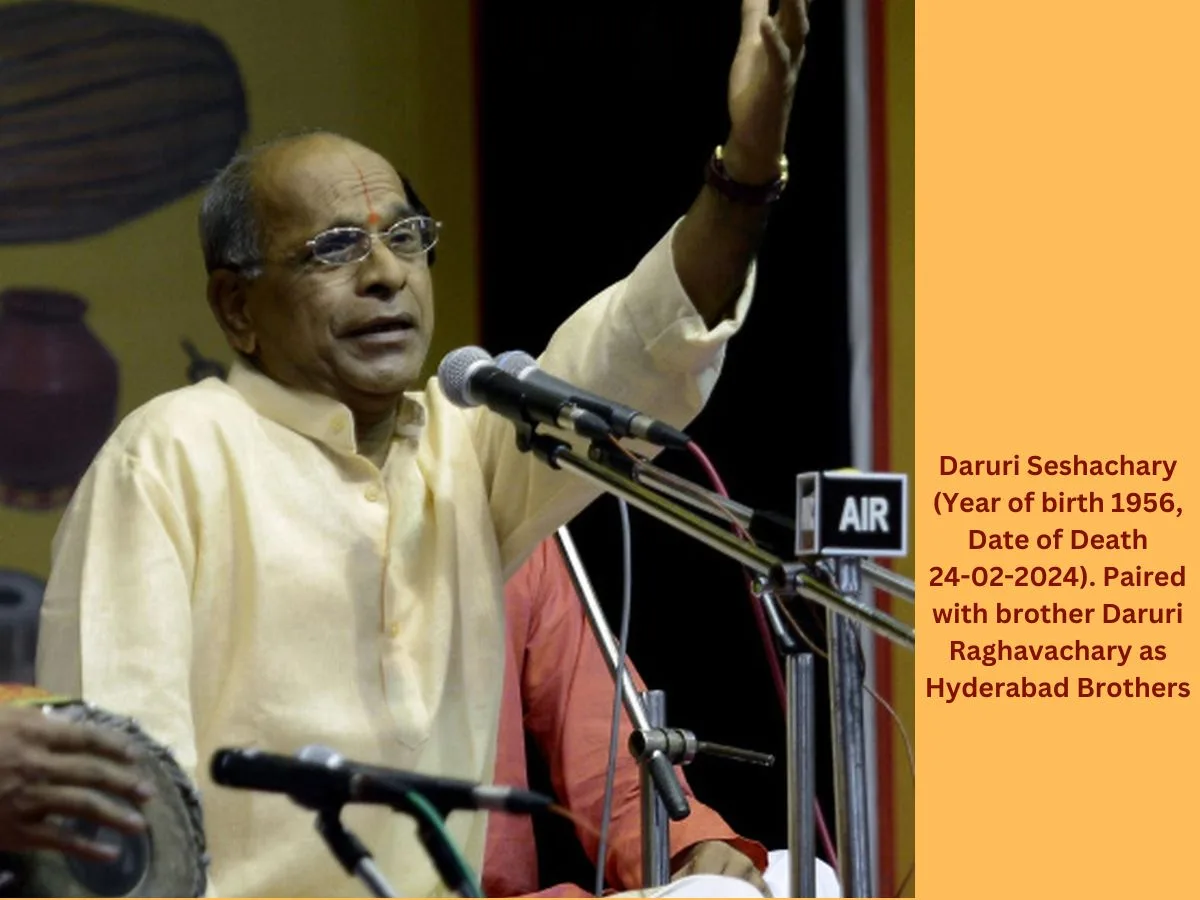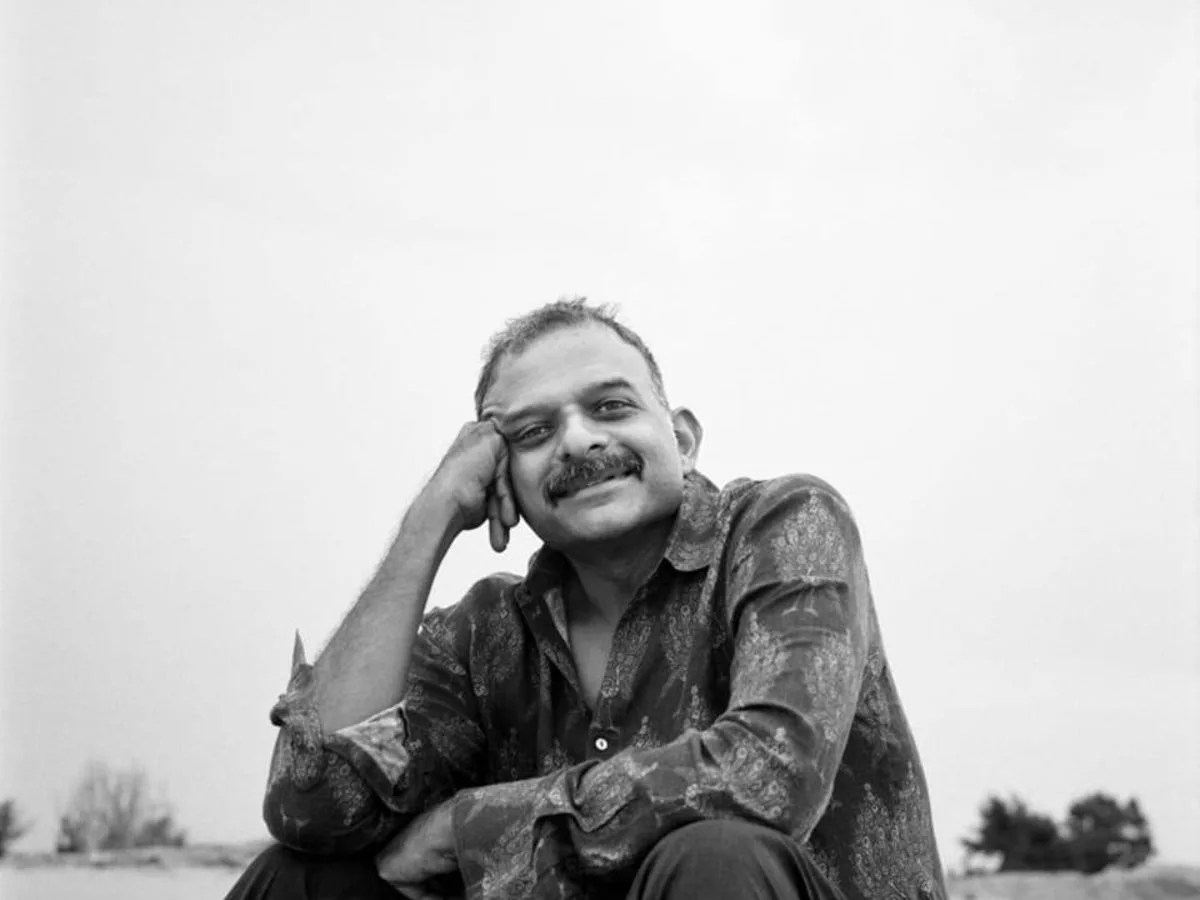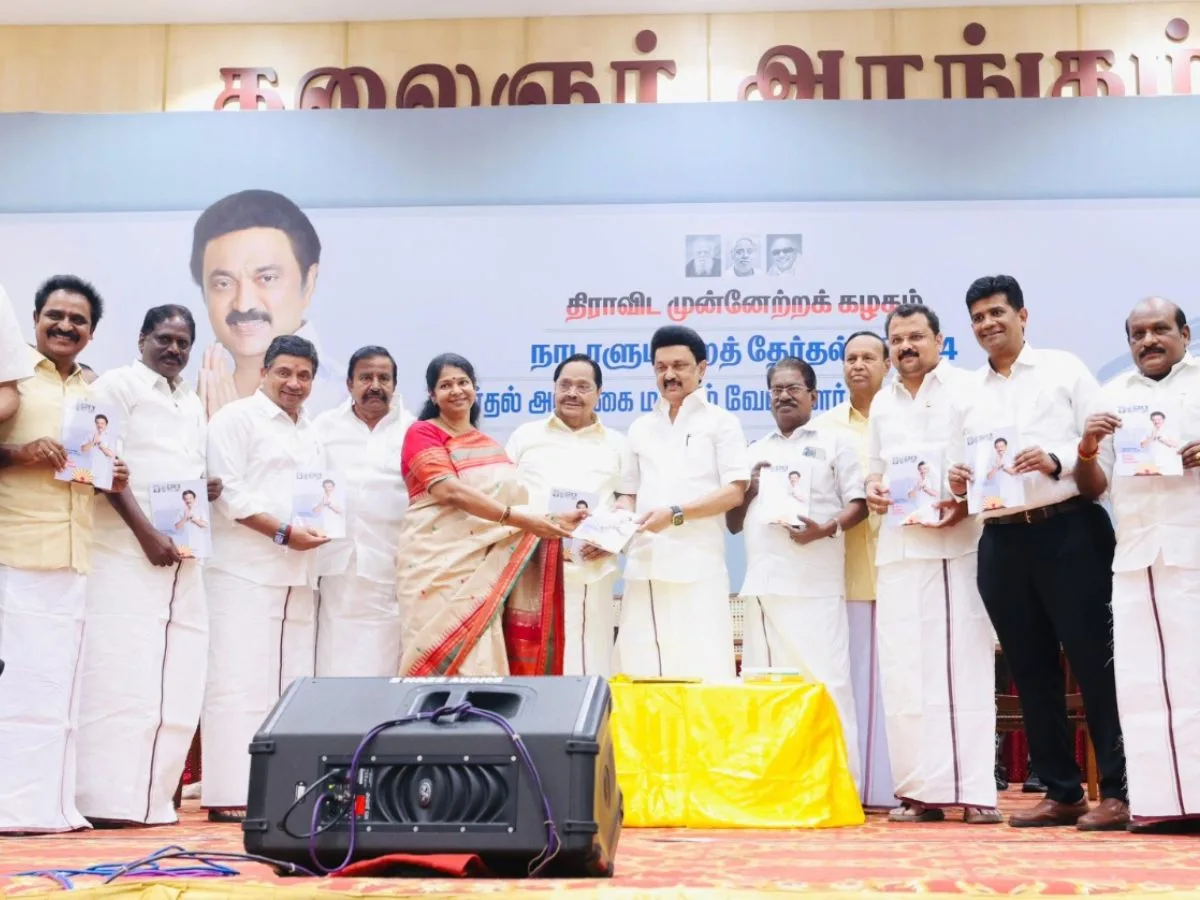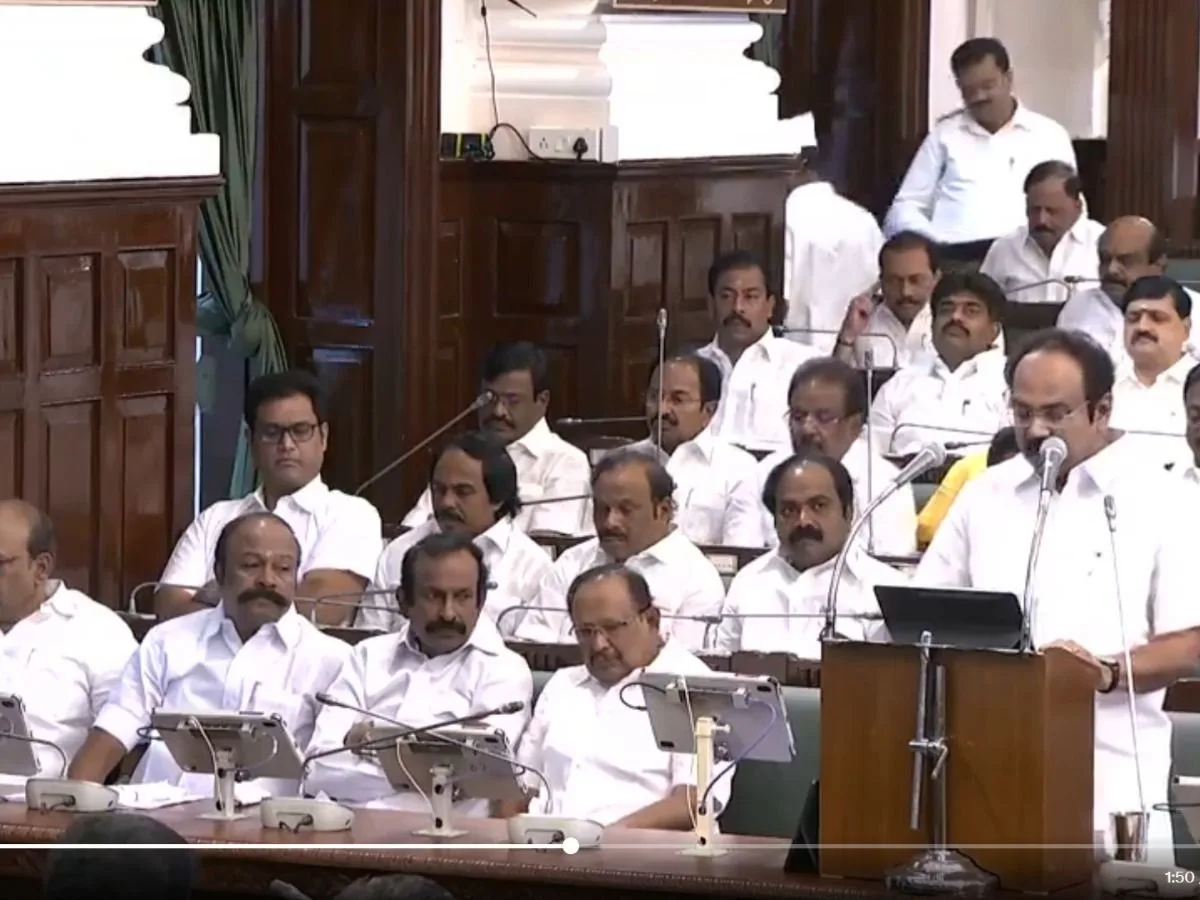Read in : தமிழ்
The film industry is where one hears the following phrases frequently: Different, Rare, Achievement, Impossible and heights of imagination. But rarely do we come across a movie that gives meaning to these words. The film Iravin Nizhal, written, acted and directed by Radhakrishnan Parthiban, is one such movie.
The concept of a ‘single shot’ movie is not about the camera revolving around a single individual, place or happening but is one that speaks about various happenings around a single individual’s life at different points of time but in a non-linear manner. A single shot movie is one in which the camera switches on once and off once. The whole movie is shot in one take. The various scenes going back and forth in time are enacted in different locations and sets but the camera moves from one to the other. The camera is sometimes a handycam on a bike but gets transferred to a crane, all the while never switching off. For the camera, there is only one scene, not for the viewer though.
This is a crucial difference. Other single-shot efforts have involved the camera staying static and the whole movie being played out as if it was a one act play. Iravin Nizhal reverses that idea.
The level of hardship faced by the team in making the movie is effectively shown in the first half through the segment ‘making of the movie’. Everything had to be rehearsed and happen in sequence for the camera to capture it. If there was an error, they had to start all over again.
This is a very calculated risk in that the whole process had to start from scratch if there is just one error. Even a layman who does not understand the science, imagination and other secrets behind shot creation can comprehend the spectacular effort that has gone into the movie. Not surprisingly, Iravin Nizhal starts with thunderous applause.
Parthiban’s debutant directorial movie Pudhiya Padhai narrated the story of a newborn abandoned in a dust bin and his growing up into a life of crime and degradation till the love a woman transforms him into a messiah. The movie had sparked several questions, including whether it is possible for a single individual to set rights the ills of society. Iravin Nizhal seems to take forward the narrative to answer these questions
Also read:
Maamanithan: Thumbs up to a simple film upholding simple life
‘Suzhal’ is about child molestation, but veers off at a tangent
In a litany of sorrows, a young boy runs away from his home, and roams around the streets. He is sexually abused, turns to peddling drugs, gets cheated by a girl during adolescence, and is initiated into a world of grisly crime. At this point, a woman enters his life like a breath of fresh air, with the possibility of redemption.
However, this is not to be. The redemption turns out to be a non-starter as it draws the boy into the orbit of a fake godman which upends his life. At the same time, this permanently leaves him with a severe sense of guilt. Whether he gets out of this guilt, or whether he at least gets a reprieve, is the story of Iravin Nizhal.
The concept of a ‘single shot’ movie is not about the camera revolving around a single individual, place or happening. It is about the various happenings around a single individual’s life at different points of time but narrated in a non-linear manner by a camera that never switches off
We can consider Iravin as another edition of Pudhiya Padhai. The role of Seetha in that movie has been split into three characters – Lakshmi, Silakamma and Parvathi. Even the scenes of Pudhiya Padhai have been adapted at various levels. The storyline is conventional and does not exactly lend itself to a single shot movie. But that’s a risk Parthiban has taken.
Heights of perseverance!
For a person who filmed a movie just focussing on an individual in Otha Seruppu, it isn’t surprising that Parthiban took up the challenge of shooting an entire film through a single shot. The star cast, sets and lighting have all been kept at a heightened state throughout, which is a unique feat. Iravin Nizhal has the same impact as the Hollywood movie 1917 directed by Sam Mendes. At one point, the camera zooms in on a character who goes through a change of expression in which time the production crew must have changed the costume, make-up and the set to take the story forward.
The child who has donned the role of Nandu, the hero of the movie during his childhood days, Anandakrishnan, Chandru, Parthiban, Sneha, ‘Minnalae’ Dany, Brigida Saga, Varalaxmi, Robo Shankar, Sai Priyanka Ruth and others have all played their part. They all deserve much appreciation.
Brigida and Rahman…!
The film’s soul is Brigida’s character and role. She has given an excellent performance. Her introduction is accompanied by the song Mayava…Thooyava which resonates in our minds even after one exits the theatre. A huge uplifting factor is A R Rahman’s music. There are six songs in the movie, starting with Kayam that plays during the introduction through to the last song that engulfs our mind, Paapam Seyyathiru Maname. The songs and the BGM add much value.
The film is full of stereotypes of marginalized people: crime-prone, easy with abusive words and so on.
The film is full of stereotypes of marginalized people: crime-prone, easy with abusive words and so on. Semi-nude shots and sexual abuse sequences leave a bad taste although these too are probably intended to infuse authenticity.
There are too many fleeting images in the movie. And they don’t leave a lasting impression. For instance, the “making of” segment talks about Rajinikanth coming in a scene. Yes, he does have a fleeting appearance, largely through dialogues. But the detail is almost lost. Packing in too many details runs the risk of not being noticed by viewers.
The film is a testimony to Parthiban’s talent, vision and creative daring. One looks forward to a truly epic movie from him that gives full play to all his creativity instead of an experimental flash.
Read in : தமிழ்











